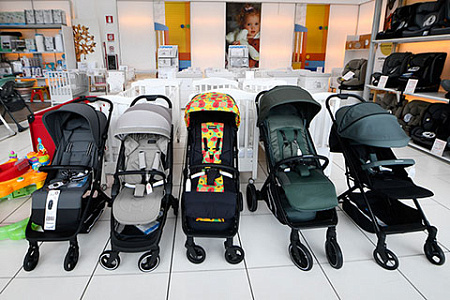
Italy is grappling with an unprecedented demographic crisis, commonly termed a “demographic winter,” as its birth rates plummet to historic lows, jeopardizing the nation’s ability to sustain its population. Data released by the National Institute of Statistics (Istat) paints a stark picture: merely 166,000 babies were born in the first six months of the current year, a distressing 7% decline compared to the same period last year. Simultaneously, the number of registered deaths surged to 327,000, marking a 1.7% increase. Should these trends persist through the latter half of the year, Italy is projected to record the lowest birth rate within the European Union, surpassing even its grim record from 2024 for the fewest births in its modern history.
The societal repercussions of this demographic shift are profound, particularly for Italy’s education system. The professional association of teachers, Anief, warns that an aging population directly translates to a shrinking student body. Projections from the Ministry of Education and Merit indicate a substantial decrease of approximately 134,000 students in the current academic year alone. If this trajectory continues unchecked, Italian schools could face a staggering deficit of around 1.4 million students aged 5 to 14 by 2035, potentially leading to the closure of nearly 600 educational institutions nationwide.
At the heart of Italy’s fertility crisis lie pressing economic challenges that make parenthood an increasingly daunting prospect. Experts point to the confluence of a high cost of living, stagnant wages, and pervasive job instability, particularly affecting the younger generations, as critical factors deterring families from having children.
Raising a child in Italy has become an immense financial undertaking. A comprehensive analysis by Moneyfarm, cited by the Adnkronos news agency, reveals that the cost of raising a child from birth to adulthood (18 years) ranges from €107,000 to €205,000, averaging around €156,000. This translates to an average annual expenditure of approximately €8,500 per child. Worryingly, these costs have escalated by 12% since 2022, adding an extra €16,000 to the total expense over just three years. Food expenditures alone, for example, now account for up to €40,600 over 18 years, nearly €6,000 more than three years prior. This surge aligns with Istat data indicating a 30.1% rise in consumer prices for food and non-alcoholic beverages since 2019.
The financial journey of parenthood begins even before birth, with prospective parents facing an estimated €5,000 for medical check-ups, tests, consultations, and the birthing process itself, along with essential newborn supplies. In the first four years, expenses for essentials like strollers, cribs, clothing, toys, food, and childcare services (nursery or nanny) can vary significantly, from €12,000 to €27,000, depending on family income. The transition to kindergarten at ages four or five brings new costs, including meal plans, learning materials, and cultural activities, potentially adding another €11,000 to €30,000. A sharp increase in expenditure follows during primary school, with five years of education costing between €31,000 and €46,000. However, the peak financial burden, according to Moneyfarm, hits during adolescence (ages 12-18), covering secondary education, textbooks, technology (mobile phones, PCs), extracurricular activities, sports, cultural trips, transportation, clothing, and pocket money – an astonishing sum ranging from €75,000 to €109,700.
These mounting economic pressures often compel Italian families to postpone or entirely forgo having children, accelerating the decline in birth rates. Antonio Affinita, Director General of the Italian Parents’ Movement (Moige), expressed concern to Adnkronos, noting that the national average is rapidly approaching just 1.2 children per woman. Affinita underscored the broader societal implications, stating, “Childbirth is a social value: fewer empty cribs mean more workers, more tax contributions, more growth,” emphasizing that “Italy desperately needs investment in human capital.”
The widely held sentiment that “having children is a luxury” encapsulates Italy’s dramatic reality. As reported by EDUnews24, this “unprecedented collapse of birth rate” carries “alarming social consequences,” directly impacting the school system with dwindling student numbers and the potential for class reductions, school closures, and job losses for educators and support staff. The commentary highlights the critical absence of adequate state support, forcing families with children to bear “exorbitant costs” and navigate an “insurmountable economic reality” daily. Italy’s struggle serves as a poignant reminder of the complex interplay between economic stability, social policy, and demographic health, offering a critical case study for international observers.
